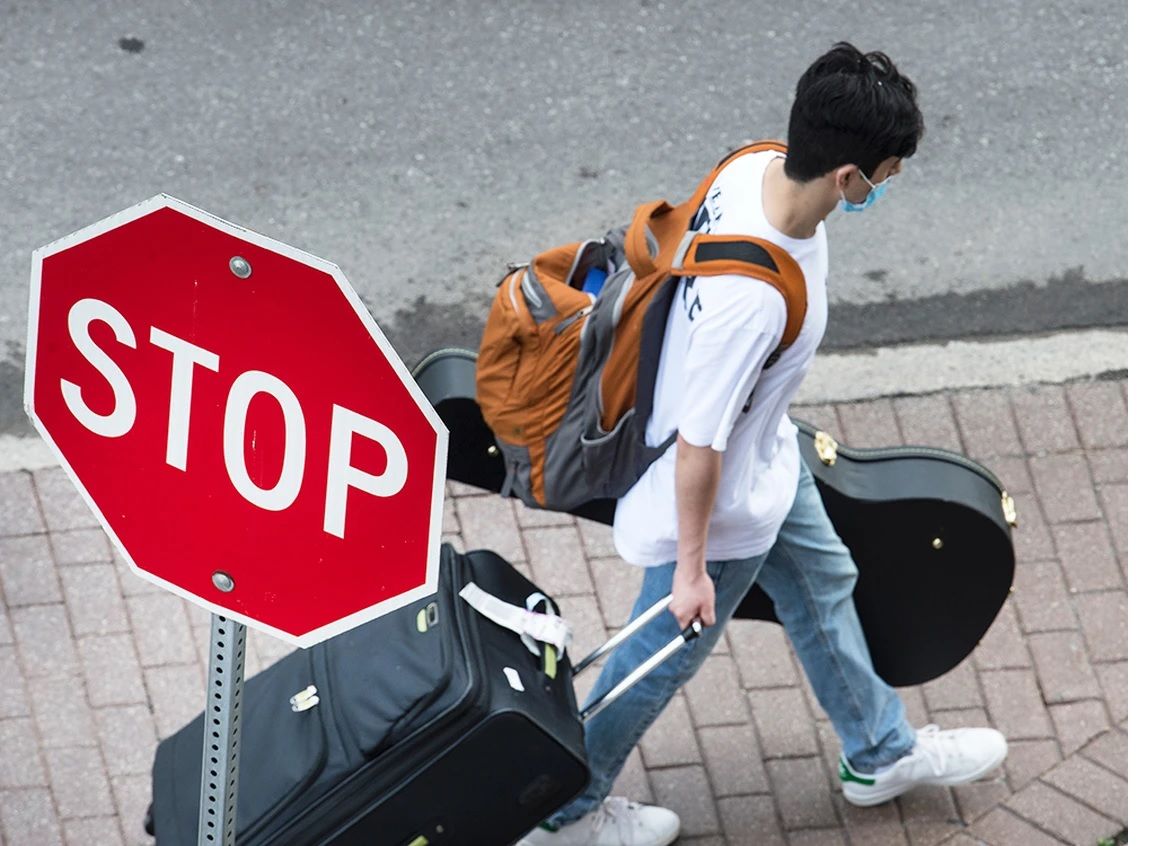
Article content
Prime Minister Justin Trudeau’s plan to fix immigration in Canada depends on the biggest exodus of people since at least the 1940s — one that many economists doubt is feasible.
Article content
Slamming the brakes on record-setting population growth requires 2.4 million non-permanent residents to leave or change status over the next two years, according to the government’s forecasts, which also see 1.5 million new temporary arrivals during that time.
That projected net loss of about 900,000 international students, labourers and other non-permanent residents is a little more than two per cent of Canada’s current population. It would be roughly the equivalent of removing Indiana from the U.S.
The new plan — in which the overall population is set to slightly shrink, once all factors are considered — represents a sharp reversal from a population boom that strained housing, the job market and public services. Once a proponent of mass migration, Trudeau is backtracking amid souring public opinion on immigration and weak polling numbers for his Liberal party.
Article content
But for it to work, large numbers of people must leave when their temporary visas expire. Next year alone, the government projects 1.3 million non-permanent residents will lose their spots — more than double that of any previous year. The vast majority will be expected to depart the country, though the government has earmarked about 158,000 permanent-resident places for them, and others may be able to snag another non-permanent resident visa.
Unlike President-elect Donald Trump, Trudeau’s government has made no public plans for mass deportations. The prime minister appears unlikely to go that route, though he has promised beefed-up border security to ward off Trump’s tariff threat over undocumented migrants entering the U.S. — currently a relatively small issue at the northern crossing.
Share this article in your social network